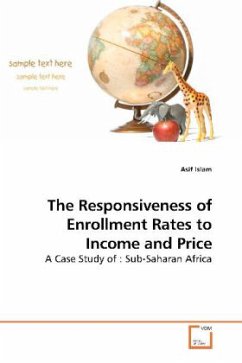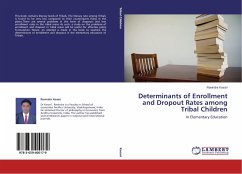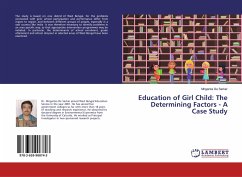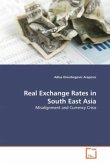Since independence, many nations in Sub-Saharan Africa have undertaken huge steps in expanding formal education. In many countries, free primary education has substantially increased both male and female enrollment rates to 82% and 70% respectively (1998 estimates). In contrast, the respective figures for secondary education enrollment rates are 29% and 24%. This is also accompanied by a growing disillusionment among political spheres regarding the actual benefits of a formal education. In order to decipher the intricacies of education enrollment and aid policy makers, this paper examines the responsiveness of female and male school enrollment rates to income and price in a sample of countries in Sub-Saharan Africa using 1970 to 1995 data. A cross comparison between the Sub-Saharan Africa sample and the world indicates similar responses to enrollments with respect to changing incomes and prices.








